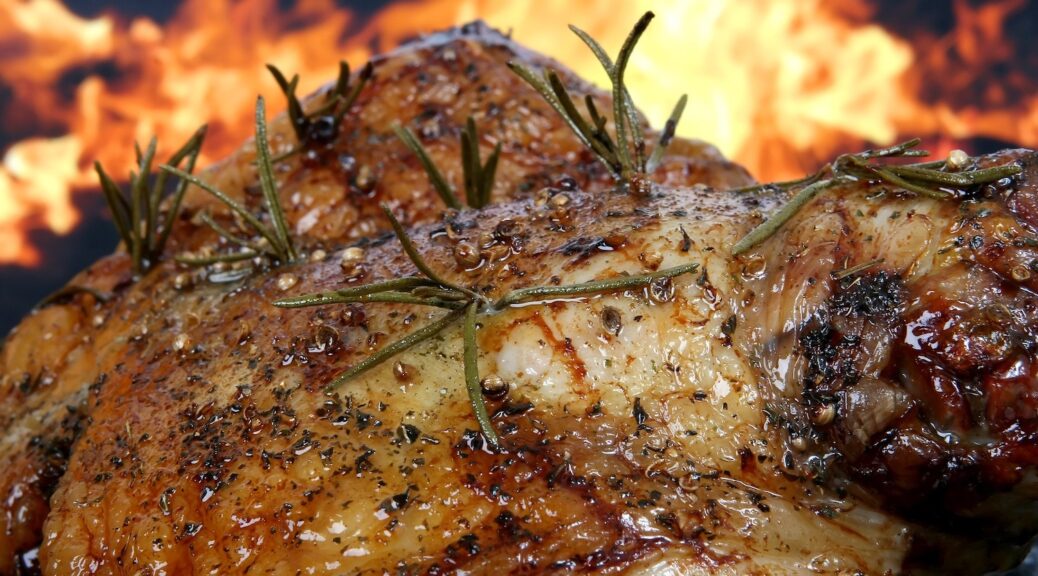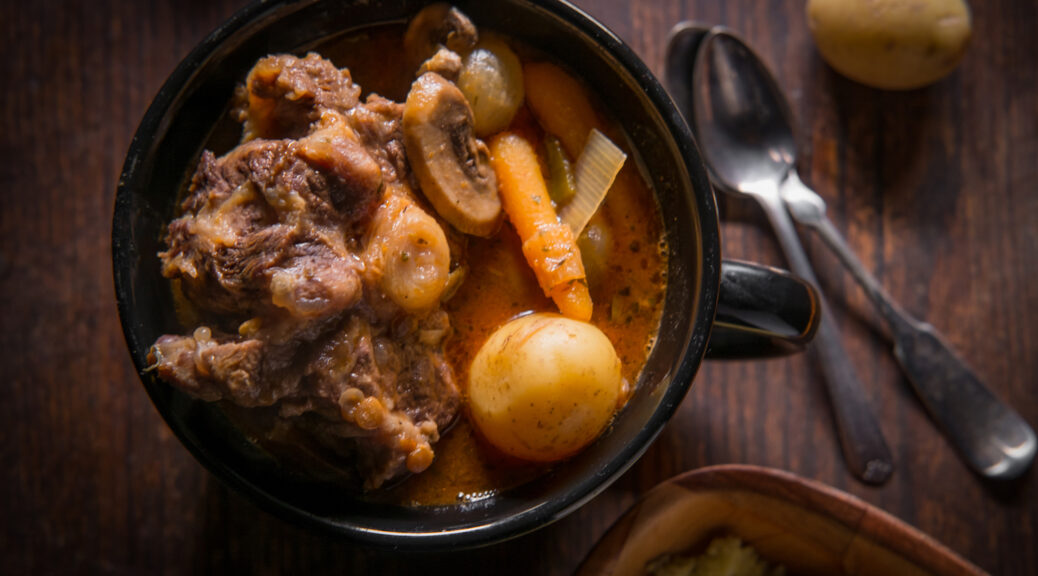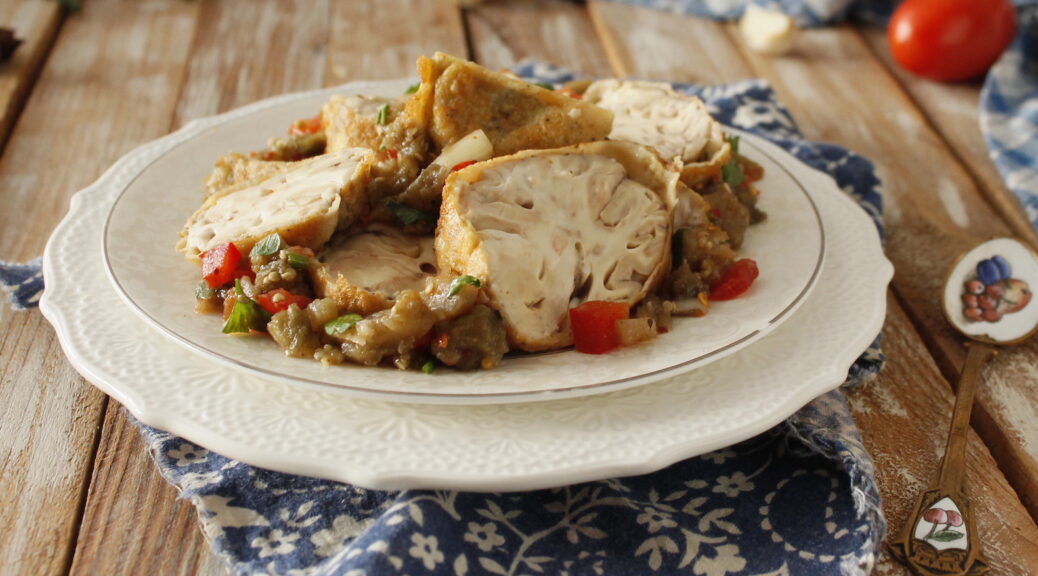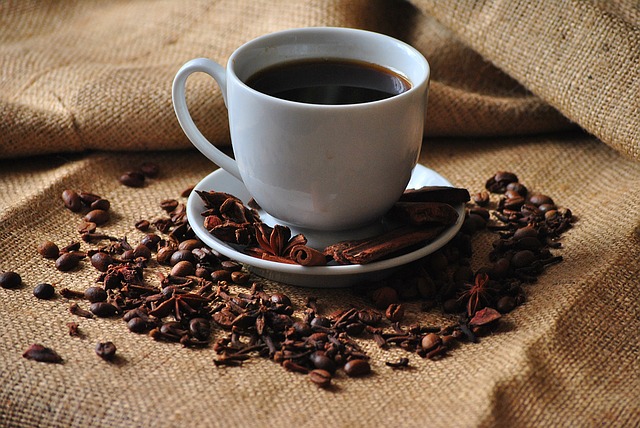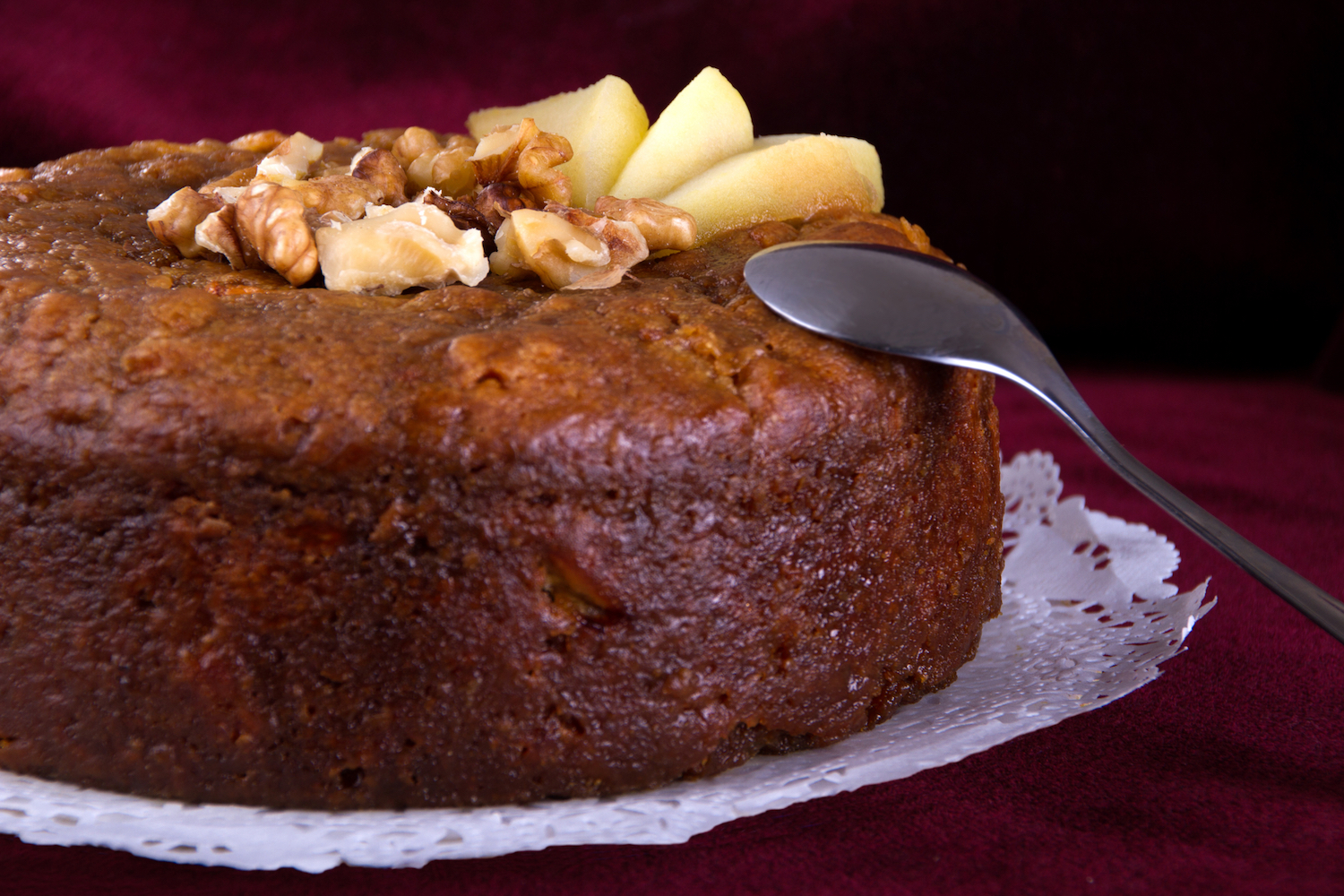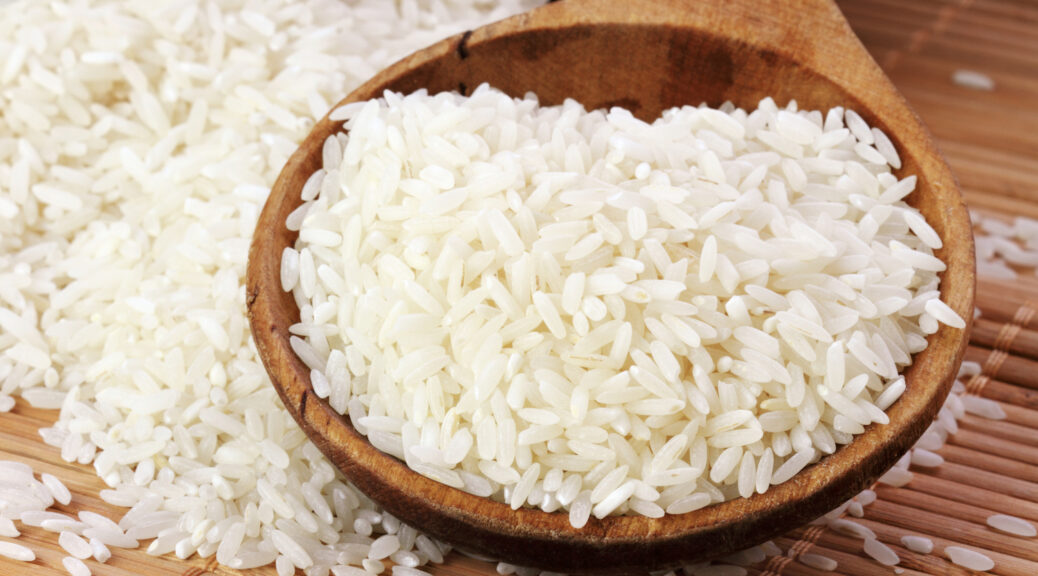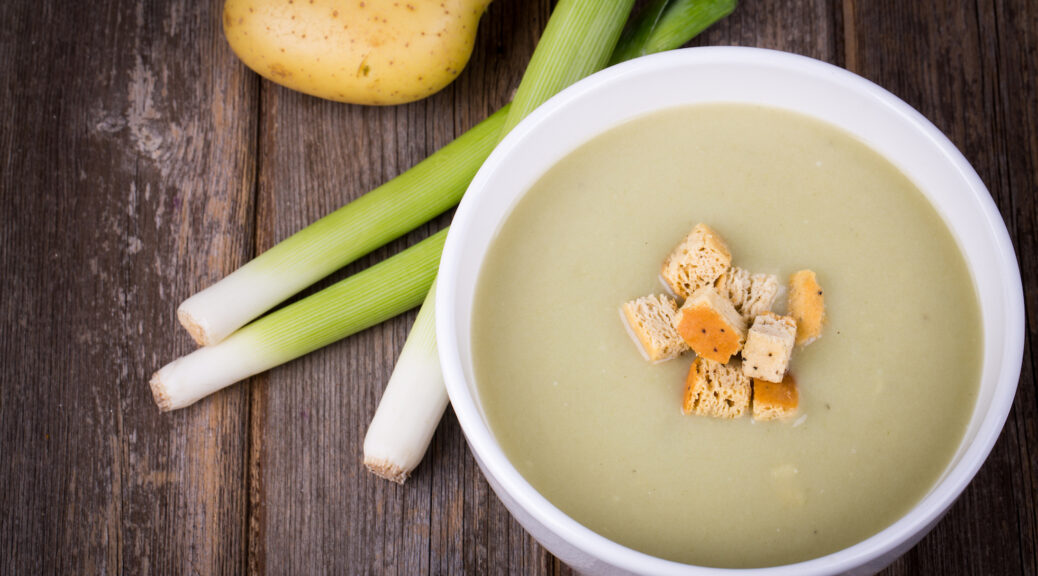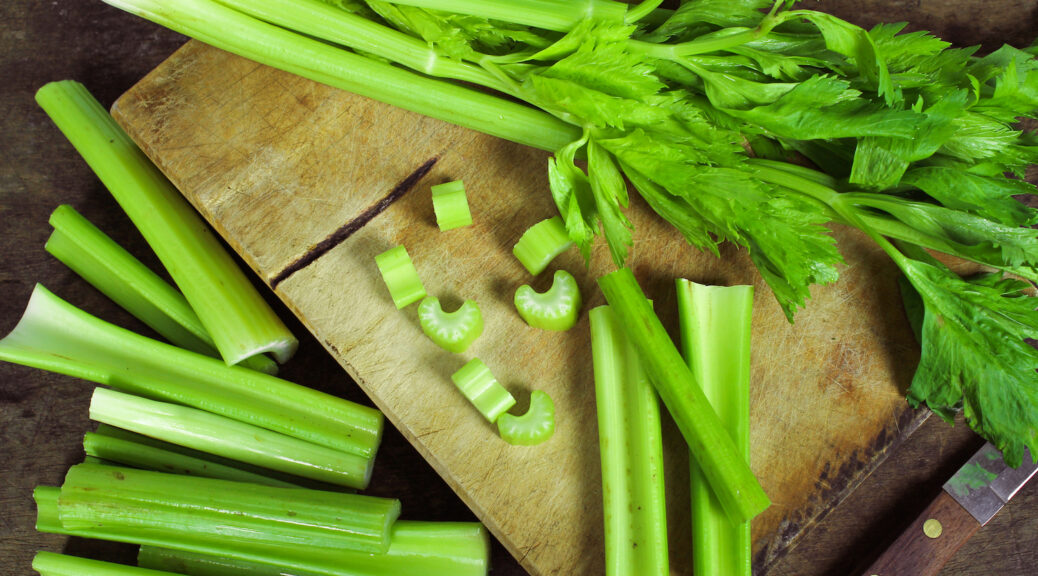Roasting Meat in an Open Hearth Fireplace
Years ago, meats were roasted in an open hearth, in FRONT of the fire, not over the fire like when cooking outdoors. Roasting was a skill learned through practice. Cooks learned to build a clear, brisk, and steady fire. It was quite an accomplishment to cook a joint with a nice crust on the outside, yet tender and juicy inside. INFORMATION BELOW FROM 1800s COOKBOOKS ~ Roasting is done before the fire, and should not be confused with baking, which…
